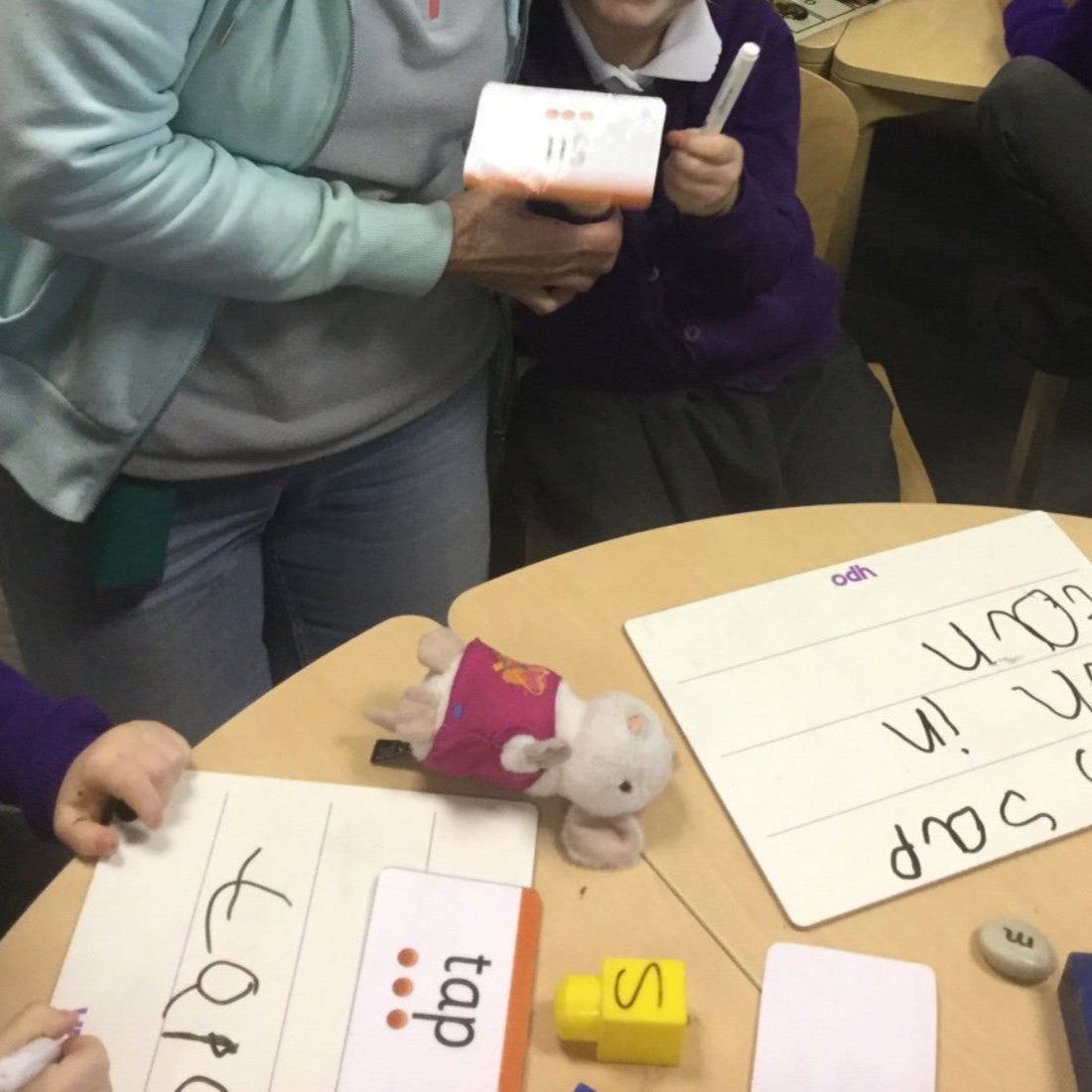
Top Tips for Engaging Parents in Learning
Parental engagement isn’t just a “nice to have”; it’s essential. When parents are meaningfully involved in their child’s learning, children feel more confident, develop stronger skills, and are better prepared for school and life. As teachers, you play a key role in making this happen.
Here are some practical tips to strengthen parental engagement in your classroom:
1. Build Trusting Relationships
Strong relationships are the foundation of effective parental engagement. Parents are more likely to get involved in supporting their child's learning if they feel respected, valued, and listened to. Taking time to understand their circumstances and showing genuine interest goes a long way. Even small acts, like greeting families warmly or acknowledging their efforts, help to build trust.
2. Personalise Communication
Generic updates often get overlooked. Try tailoring your communication so it’s relevant to each family and their child. Share specific examples of their child’s achievements or areas of progress. This makes families feel seen and included, and helps them understand how they can support learning at home.
3. Don’t Make Assumptions
It’s easy to assume what families can or can’t do, but the reality is that all parents can contribute meaningfully when given the right support. Using our Model, Mentor, Coach approach can empower parents:
- Model – Show them strategies in action.
- Mentor – Support them as they try alongside you.
- Coach – Encourage them to apply these strategies independently, with affirmation and guidance.
Parents often surprise themselves with just how much they can do when they feel supported and included.
4. Focus on Aspirations and Outcomes
Engagement isn’t just about the here and now. It’s about looking ahead to the aspirations families have for their children. What do they want their child to achieve? How do they see their future? By aligning classroom goals with family hopes, you can create a stronger, shared vision for the child’s learning journey.
5. Use the Model–Mentor–Coach Strategy Consistently
This strategy works not only for children, but also for parents. By showing first, then practising together, and finally handing over with encouragement, you can help parents build skills, confidence, and self-esteem. Very quickly, they feel more empowered to take an active role in supporting learning both in and out of school.
Why the Early Years Are the Best Time to Start
Parents of children starting school for the first time are often the most receptive to engagement around academic learning. This transition is a milestone that naturally sparks curiosity, questions, and a strong desire to help their child succeed. It’s a powerful moment to establish positive habits of parental involvement that will last through the school years.
This is where Mouse Club can make a real difference. Designed specifically for the early years, Mouse Club provides ready-to-use resources that schools and nurseries can share with families. It gives parents fun, accessible activities to do with their children at home, while reinforcing key skills for school readiness. Importantly, it also opens the door to conversations about learning, helping families feel more confident, capable, and connected with their child’s education.
By embedding a resource like Mouse Club into your parental engagement strategy, you can support families at the very moment when they are most open to forming strong learning partnerships with schools.
Final Thoughts
Parental engagement is for everyone, not just the most “available” families. With patience, empathy, and a structured approach, you can build partnerships that truly benefit children. When you invite parents into the learning process, you create a supportive community around every child, and that makes all the difference.
👉 Want more tips, resources, and inspiration for engaging parents in learning?
Sign up for our newsletter or blog feed below for regular updates and practical ideas you can use straight away in your classroom.
